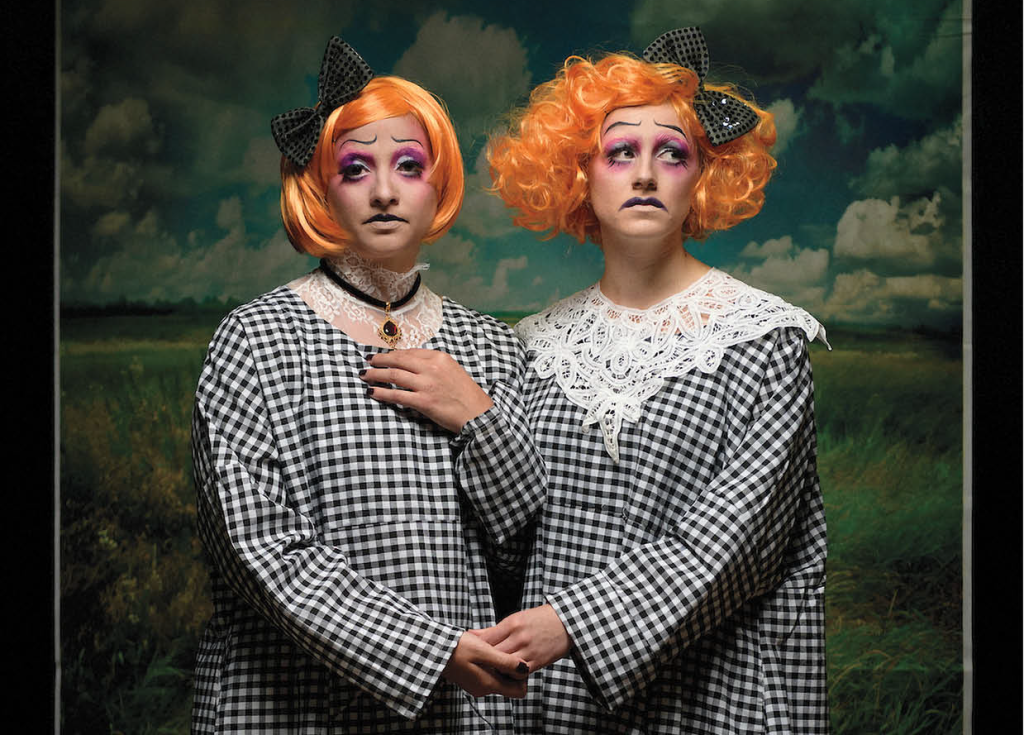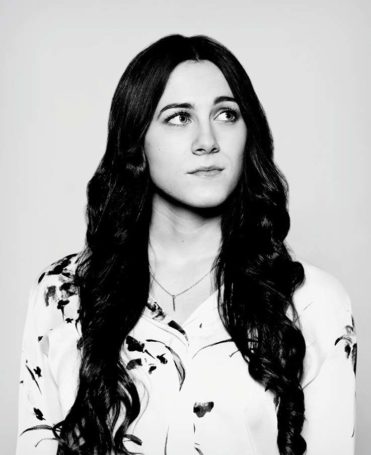Conjoined twins have evoked curiosity since the early 19th century, when Chang and Eng Bunker were born in what was then called Siam (present day Thailand), adding to the lexicon the now discredited term, “Siamese twins.”
They’ve been the subject of reality TV: Abigail and Brittany Hensel, American conjoined twins who first found fame as six-year-olds on The Oprah Winfrey Show, had their own reality show, Abby and Brittany, on TLC. Daisy and Violet Hilton were among the most famous conjoined twins of the 20th century, regulars on the vaudeville circuit with Bob Hope and Charlie Chaplin, friends with Harry Houdini and starred in a 1932 Hollywood film with a cringeworthy title, Freaks.
Conjoined twins have also been the subject of theatre: The 1997 Broadway production Side Show, based on the life of the Hilton sisters, acquired a cult following despite its limited initial run and was revived by Oscar-winning director Bill Condon (of Chicago and Dreamgirls fame) in 2014.
Conjoined twins are also the protagonists of Northern Light Theatre’s production of Two Headed/ Half Hearted, which will run at Fringe Theatre Adventures in April/May 2022. It was written by artistic director Trevor Schmidt, with music composed by Edmonton-based Métis artist Kaeley Jade Wiebe, who will also play the role of conjoined twin Venus Hollis. The musical also stars Edmonton-based Métis performer and choreographer Rebecca Sadowski as Venus’s twin, Juno Hollis.
The play was partly made possible by a $10,500 sponsorship from Edmonton Community Foundation.
We spoke to all three to learn more about the play, the music and the characters. Excerpts are edited for space and clarity.

Trevor Schmidt
Q: How would you outline the story of this production?
We are calling it a musical. But really, it’s a song cycle about conjoined twins. I think I subtitled it a Prairie Gothic song cycle for female conjoined twins. It’s about a set of conjoined twins named Juno and Venus Hollis. Their father is a man named Jupiter Hollis, and he spins a sort of mythological tale about their birth. And they’re kept hidden away from the rest of the world on this farm. They’re quite isolated and insulated. They’re told that their mother is a mermaid and, in reality, you kind of find out that she perhaps has mental illness and is confined to her bed. And it’s about them growing up and trying to figure out who they are as individuals as well as one entity. Late in the piece, they go their separate ways and realize that they can’t survive without each other. There’s a lot of poetic Gothic Prairie kind of imagery involved in the piece.
Q: Can you talk about the two central characters? Their motivations and what makes them compelling?
The interesting thing about twins is that there’s normally a dominant twin and a submissive twin, so one of them is normally taking action and the other one goes along. And I’ve seen that many times in my experience with twins in my lifetime. At the beginning of the show, Juno is the dominant one. She’s the leader. She’s the stronger-willed of the two. She’s more interested in engaging with the audience and she’s more active. Venus is more typically submissive. Venus is also more interested in what would be stereotypical gendered things. She’s interested in getting the attention of the boys. She’s interested in looking pretty. She’s dreamy about things, whereas Juno is more proactive.
Kaeley Jade Wiebe
Q: How would you describe the process of writing music for this production?
It has been unlike anything I’ve done before — most of my songwriting background comes from writing my own music. I’ve never actually sat down and had to write music for someone else’s words. It’s been a great game of figuring out how to fit what Trevor has written into a rhythmic structure. He gave me a couple ideas of what he was sort of looking for right at the beginning. So, I’ve had lots of time to percolate, but most of my writing began after the book was finished. I would say that for musical influences, country murder ballads were our starting point, but I’ve also listened to a lot of bluegrass tunes, and I have a lot of modern folk elements and some classic musical theatre that I’ve also brought into my writing process.
Rebecca Sadowski
Q: What drew you into the play and the characters?
Well, I think it’s about belonging. In the story, these two girls, all they know is this very small world on their farm and their world is each other. One’s world is music and one’s world is books. And I think that one is more curious and wants to see what else is there. And one is content and is more focused and interested in safety and that idea of remaining home and that security. And so, when they get to experience the wider world, they realize that they belong together…they’re not enough on their own. They need each other. And that’s where it resonates with me a lot is that idea of home and family and meeting one another in these different ways to support each other and seeking answers for where you come from. I didn’t really dive into my Métis heritage until I was more of an adult in my 20s. And, you know, I kind of find myself in a familiar situation (as the protagonists).
This story comes from the Spring 2022 edition of Legacy in Action. Read the full magazine.


